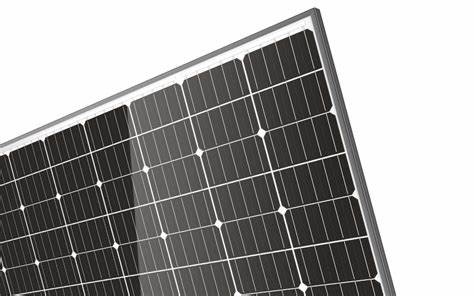In the context of solar panels, “half cell” and “half cut” are related concepts, but they are not exactly the same thing. They both refer to different techniques aimed at improving the efficiency and performance of solar panels, but they focus on distinct aspects of the panel design.
- Half Cell Technology: Half cell technology involves splitting a standard solar cell into two halves, usually along the longitudinal axis. This effectively reduces the electrical current in each individual cell, leading to lower resistive losses and improved efficiency. By reducing the current, half cell technology can minimize the impact of shading and increase the overall energy yield, particularly in challenging conditions.
- Half Cut Cells: Half cut cells, on the other hand, refer to the physical design of the solar cells within the panel. This technique involves dividing the cells into two smaller sections, connected in series, effectively creating a “half cell” configuration. The purpose is similar to that of half cell technology, aiming to reduce resistive losses and increase the overall energy output of the solar panel.
While both half cell and half cut technologies share the objective of enhancing the efficiency of solar panels, they achieve this goal through slightly different approaches. Both techniques have gained popularity in the solar industry as a means to improve the performance and durability of solar panels, especially in challenging environments.


